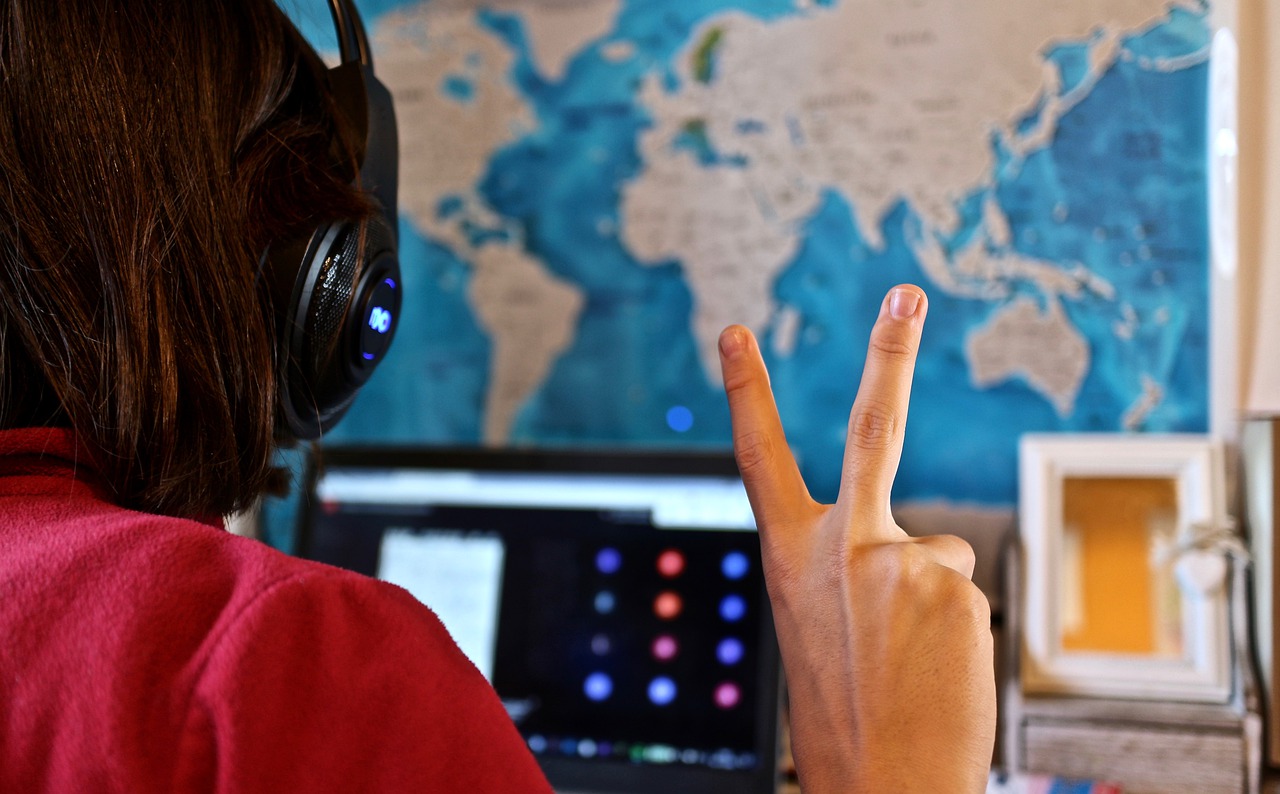Several researchers (Mikkelsen, 2015; Koohestani and Baghchegh, 2016; Gallegos et al., 2019; Harris, 2019) have found that most nursing students positively embrace active forms of teaching as well as the use of digital technologies. In the first pilot of the SmartNurse project, we used some modern forms of teaching and digital tools such as Canvas, Kahoot, Jamboard, etc. Individual elements of active learning techniques were used by teachers from partner’s higher education institutions from Mexico and El-Salvador in their work with nursing students. The COVID-19 pandemic required a shift from classrooms to a virtual environment, which was a tremendous challenge both: for teachers and students. Nevertheless, despite the obstacles and challenges faced, the first pilot was successfully completed in October 2021.
Students as digital natives were aware of the importance and versatility of digital technologies in general and in in the learning process. Thus, they emphasized that »the use of new technologies is increasing, and modernization is fundamental (el uso de las nuevas tecnologías va en aumento y el modernizarnos es fundamental)«. They perceived implementation of digital technologies as a way to improve the learning process: »By using tools such like Kahoot, I was able to fully understand topics that I thought would be tedious and difficult, which led to motivating experience and greater academic achievements. (Mediante el uso de herramientas como kahoot logré comprender ampliamente temas que creí que serían tediosos y difíciles, haciendo una experiencia de motivación y mayores logros académicos)«.
When we conduct distance learning with digital tools, sometimes we do not even think about and recognize all the obstacles that students might face. We can create a good curriculum and implement it with active and personalized approach, but we may not have the insight or ability to control over the learning environment, as students reported “lots of distractions at home” or other issues like lack of technological environment, finances and other commitments at home or work, etc. Meanwhile, the students involved in piloting faced basic problems such as “power outage, loss of internet signal, electronic equipment failure, etc.” While in the participating countries from the EU (Finland and Slovenia) we are increasingly experiencing the ubiquity of the internet at every turn and the so-called hyperdigitization, the context could not be generalized in different settings. In the implementation of the project, we find that we have great opportunities to learn a lot from each other, which will benefit all students and teachers.
Written by: Marija Milavec Kapun and Jožica Čehovin Zajc, University of Ljubljana

